
4. Chase the northern lights on a road trip across Iceland

Aurora borealis at Mount Kirkjufell, Iceland.Credit: iStock
When to go: October or March Most visitors travel to Iceland in the summer months with the obvious advantage of long daylight hours (including the midnight sun from mid-June to mid-July). However, from September to March, the northern lights often grace the sky, painting the night in striking ethereal hues. If you’re travelling with young kids there’s only so much they can absorb in a day, and the months of both October and March still offer around 10 daylight hours a day, with the very real chance to witness the aurora. It’s the ideal time to layer up and enjoy all that Iceland has to offer … including, of course, the warm geothermal baths.
5. Admire tulips in the Keukenhof Gardens, Lisse, the Netherlands

Keukenhof Gardens erupts with colour come April.Credit: iStock
When to go: April Spring is spectacular in the Netherlands, and if you are prepared to brave the crisp mornings, you’ll be rewarded with clear days and the opportunity to witness the vibrant rainbow of colours striping across the land. Come April, vast fields erupt into a kaleidoscope of colours as billions (yes, billions!) of tulips blossom. The iconic flower fields are a sight to behold, attracting visitors from all around the globe. And we solemnly swear that on cold days, Dutch food – hearty with lots of bread and potatoes – is satisfying (and kid friendly). See keukenhof.nl/en
6. Ski in Tirol, Austria
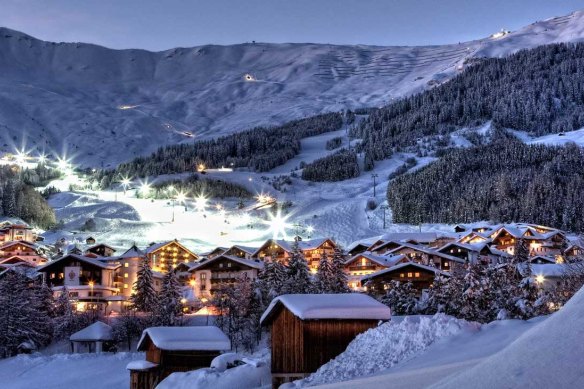
Serfaus-Fiss-Ladis is known for being family friendly.
When to go: January to March If you have little skiers, ditch the glitz and opt for an adventure in one of Tirol’s 16 family-friendly ski areas. Some of the resorts offer free ski lessons for younger children, there are plenty of fun parks and tubing runs to explore, and most have childminding facilities. Serfaus-Fiss-Ladis is an excellent place to start for young families. Comprising three interconnected villages, the resort has everything from special lifts equipped with child safety seats to rental shops stocking snow prams. See serfaus-fiss-ladis.at/en
7. Outdoor adventures in Malta
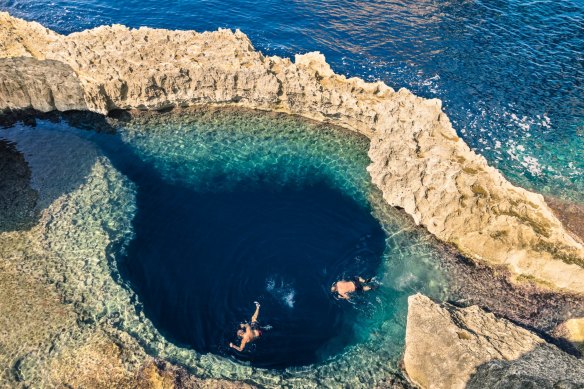
Gozo, Malta.Credit: iStock
When to go: January to March Malta offers mild winter temperatures of around 15°C, with six to seven hours of daylight per day. Hiking is a pleasant low-key outdoor activity, and there are plenty of short family-friendly trails on the island (many with stunning coastal and countryside views en route). Need to ramp up the adventure? Jeep tours around Gozo – the second-largest island in the Maltese archipelago – are a bit of a rite of passage and little adventurers will be trembling with excitement.
8. Christmas markets in Nuremberg, Germany
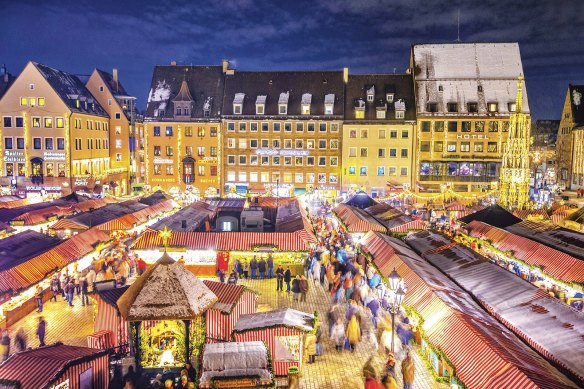
Nuremberg’s Christkindlesmarkt is the pick for young families.Credit: iStock
When to go: December Charming markets pop-up all-over Europe in December, with wooden stalls filled to the brim with nuts and nougat, trinkets and toys. Nuremberg’s centuries-old Christkindlesmarkt is the pick for young families. The market, steeped in centuries-old tradition, feels just like a fairytale with its enchanting stalls overflowing with aromatic gingerbread, handmade crafts, and the cheerful sounds of sleigh bells. For kids, the whimsical carnival rides feel like a journey to a world straight out of a storybook. See christkindlesmarkt.de
9. Soak in thermal baths in Budapest, Hungary
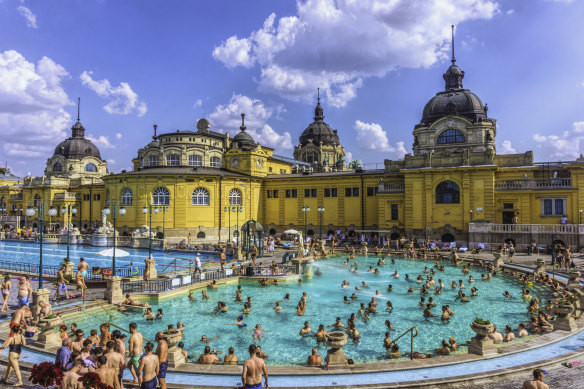
Budapest’s thermal baths are especially popular in the cooler months.Credit: Getty Images
When to go: November to March Budapest’s thermal baths are a year-round attraction, but they become especially popular in the cooler months. With average winter temperatures dropping to around 0°C to 5°C, the warm, mineral-rich waters offer a delightful escape from the chill. Szechenyi and Gellert are two of the most famous, offering both indoor and outdoor pools surrounded by
opulent early 20th-century architecture that harks back to the Belle Epoque era. The warm
waters provide a perfect contrast to the crisp winter air, and many of the baths are family-
friendly, with areas for children to splash and soak. See szechenyibath.hu and gellertbath.hu
10. Festival fun in Venice, Italy
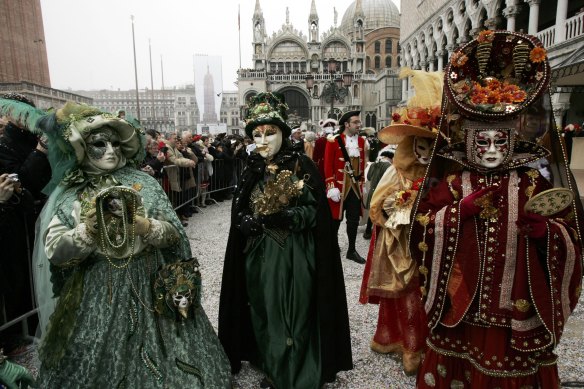
St Marks Square during Carnivale de Venezia.Credit: Getty
When to go: February For 10 days in February, Venice plays host to a range of festivities, including a huge water parade, balls, parties and street parades, where elaborate masks conceal the faces of festival-goers. It’s a celebration of tradition, artistry, and Venetian culture known as Venice Carnival dating back to the 12th century. For families, highlights include musical performances, street food, light shows, and the chance to see locals don their best masquerade costumes, a nod to the city’s storied history of opulence and mystery. If your kids enjoy dressing up, it’s a great opportunity to reuse those Book Week costumes! Just remember to bring along a jacket, beanie, and gloves, as February in Venice can get quite nippy. See venice-carnival-italy.com



























